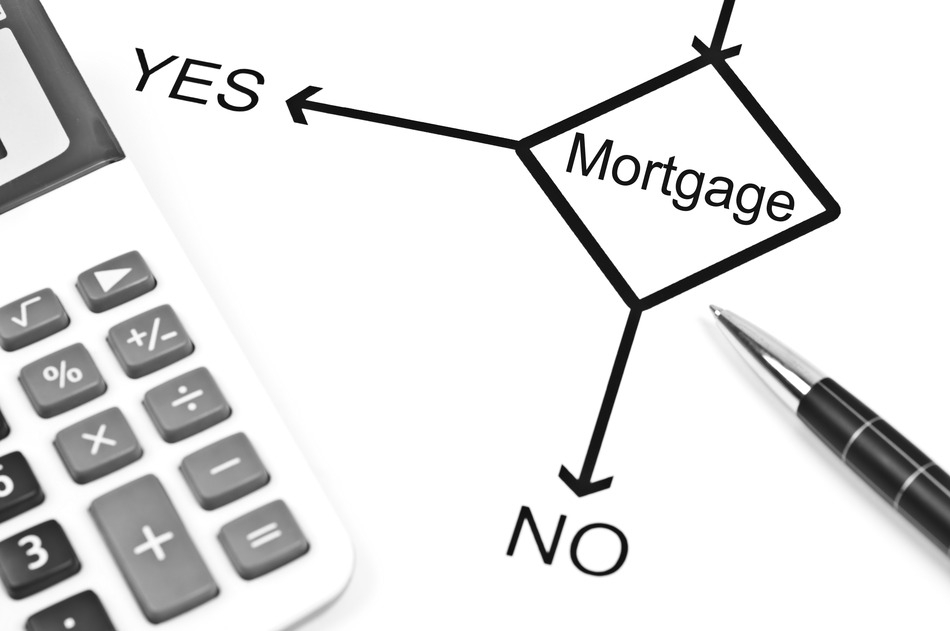The federal program HARP might be able to help you. Here’s how it works.
Is your mortgage rate above today’s rates?
Is your house worth less than your current mortgage amount?
Are you unable to refinance into a lower-rate mortgage or convert your adjustable-rate mortgage to a fixed-rate mortgage?
Then the federal Home Affordable Refinance Program (HARP) is an option you should explore.
HARP is one of two components of the federal Making Home Affordable Program for struggling homeowners. Its counterpart, the Home Affordable Modification Program (HAMP), offers loan modifications if you’re behind on your payments or need help exiting gracefully if you can no longer afford your home.
HARP, on the other hand, helps you refinance your home with a brand new mortgage.
What Are the Benefits of HARP?
Your savings from refinancing using HARP could be substantial. The White House says the typical homeowner using HARP could reduce their mortgage payments by about $2,500 a year. Like any refinance transaction, HARP loans come with fees, so you’ll have to weigh the costs and benefits for your specific situation.
The good news is that HARP’s fees are less than the fees for typical refinances. For instance, you won’t have to pay for a full appraisal if the lender can get a reliable automated appraisal for your home. And Fannie and Freddie will waive for borrowers some fees they usually charge lenders (which lenders would normally pass on to you).
What Are the Qualifications?
1. Your mortgage must be owned or guaranteed by Freddie Mac or Fannie Mae.
2. Your current lender had to sell your mortgage to Fannie Mae or Freddie Mac before June 1, 2009. Check with your lender to make sure that happened.
3. This must be your first HARP refinance. You only get one Home Affordable refinance, so if you’ve used the program before, you can’t use it again (although there’s a loophole for those with a Fannie Mae loan refinanced between March and May of 2009).
4. You need the right balance between what you owe and your home’s value. The minimum is that you owe 80% of your home’s value (for example, owing $80,000 on your $100,000 home). If you owe less than 80%, you can’t use HARP. If you owe up to 105% (say your home is worth $100,000 and you owe $105,000), you can refinance into an adjustable-rate mortgage. If you owe above 105%, you have to go with a fixed-rate mortgage. There’s no cap on how much you can owe above what your home is worth.
5. If you’ve paid your mortgage late even once during the past six months, you can’t use HARP, but if you had a late payment between 7 and 12 months ago, you’re fine.
If you can meet those criteria, you have until Dec. 31, 2015, to apply for a HARP refinance through either your current lender or a new lender.
Should You Apply?
HARP makes sense if you owe more than your house is worth, which is preventing you from refinancing, according to Bob Walters, chief economist at Quicken Loans. You’ll still pay full-market rates for a HARP refinance, not a discounted rate or payment that you might get with a loan modification.
As a rule of thumb, for fixed-rate mortgages, you’ll want your new rate to be at least a half-point better than your old one.
Lowering your interest can pay off immediately. Let’s say you took out a 30-year, fixed-rate mortgage at 6.5% for $176,800 at a monthly payment of $1,117.50 five years ago.
Today, you’d still owe $168,065. If you refinance that balance into a new 30-year loan at 4.5%, your monthly payment would drop to $851.56, saving you about $266 a month. Or, you could refinance into a 15-year fixed-rate loan, pay about $168 a month more, and pay your loan off about 10 years earlier.
HARP might also make sense if you can convert an adjustable-rate mortgage to a fixed-rate mortgage. Even if an ARM’s monthly payment is low now, it’ll go up if rates rise.
When applying for HARP, you need paperwork just like any other mortgage application:
- Pay stubs
- Tax returns
- Mortgage statements
- Account balances
- Debt totals (for credit cards, student loans, car loans, and such)
- Details about any second mortgages or home equity lines of credit
Pay attention to the fees associated with the refinancing, which the lender must disclose up front, and ask if those costs can be rolled into the new loan if you’re strapped for cash.
Tips to Make the Process Go Smoothly
To keep the process moving, ask your lender for a list of the documents it will need. Give yourself two weeks to collect everything.
If possible, submit the entire packet together via certified mail. Sending in documents piecemeal could result in lost paperwork and your loan application falling to the bottom of the pile, says Nicole Hall, editor of LendingTree.com. Keep detailed records of any phone calls you make, and dates you mail or fax correspondences.
There are companies that will offer to take care of the paperwork for a fee, but you don’t need to pay. You can access free help through a housing counselor approved by the U.S. Department of Housing and Urban Development. Counselors will help you understand the Making Home Affordable program and aid in gathering the documents needed for your loan servicer.
More about qualifying for HARP.
Don’t qualify for HARP? Then maybe its sister program, HAMP, is for you.
By: Donna Fuscaldo © Copyright 2015 NATIONAL ASSOCIATION OF REALTORS®

